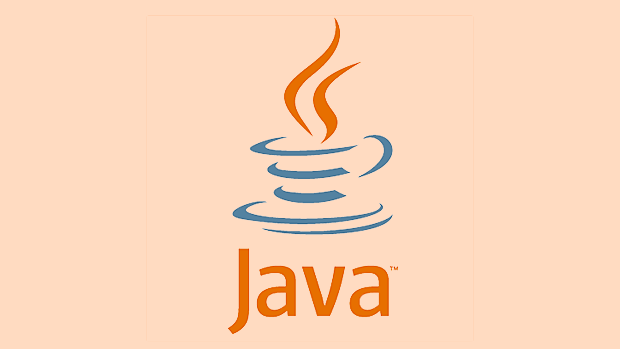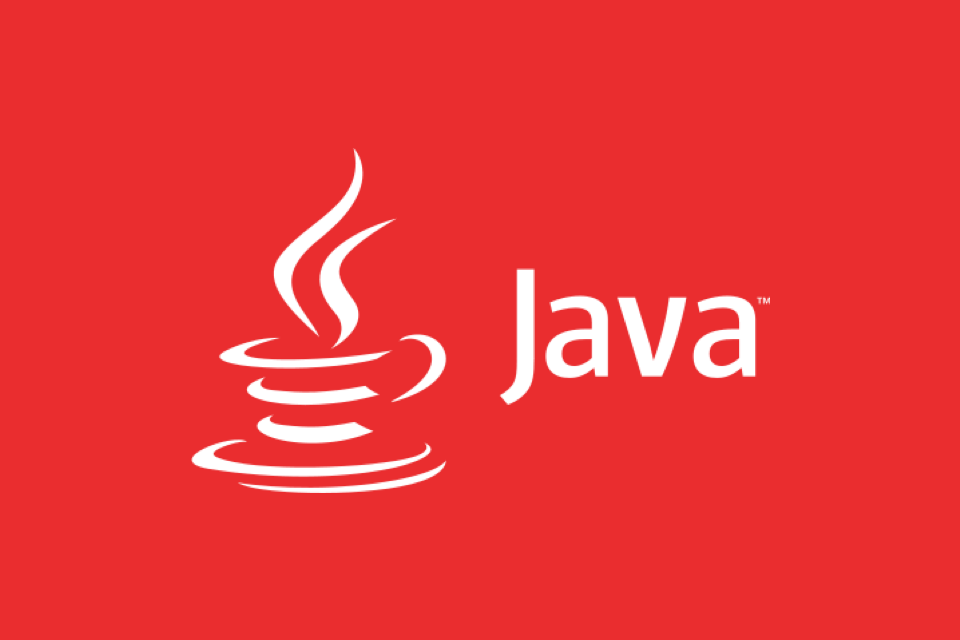探索Java的低延遲功能
Java can achieve low-latency performance in applications like high-frequency trading and real-time gaming by addressing key challenges through specific optimization techniques. 1. Use low-pause garbage collectors such as ZGC or Shenandoah to minimize GC-induced delays. 2. Apply object pooling and reuse to reduce object allocation and GC pressure. 3. Utilize off-heap memory via direct buffers or memory-mapped files to avoid heap limitations and GC pauses. 4. Implement lock-free data structures like those in the LMAX Disruptor for ultra-fast inter-thread communication. 5. Write JIT-friendly code by keeping methods small, warming up critical paths, and monitoring compilation behavior. These strategies enable Java systems to achieve sub-millisecond latencies, making Java a viable and effective choice for latency-sensitive applications when properly optimized.

Java is often perceived as a high-level, garbage-collected language that trades raw performance for developer productivity and platform portability. However, when it comes to low-latency systems—such as high-frequency trading platforms, real-time gaming backends, or financial exchanges—Java has proven it can compete with traditionally faster languages like C++ when used correctly. Let’s explore how Java achieves low-latency performance and what techniques developers use to minimize delays.

Understanding Latency in Java
Latency refers to the time it takes for a system to respond to an input. In low-latency contexts, we’re often talking about microsecond or even nanosecond-level response times. The main challenges in Java come from:
- Garbage Collection (GC): Pauses caused by GC can introduce unpredictable delays.
- JIT Compilation: The Just-In-Time compiler optimizes code over time, but "warm-up" periods can skew early performance.
- Object Allocation and Memory Layout: Excessive object creation leads to more GC pressure and cache inefficiency.
- Thread Scheduling and Contention: Poor synchronization can cause delays due to locking or OS-level thread switching.
Despite these, Java’s mature ecosystem and deep optimization capabilities make it a strong candidate for low-latency applications.

Key Techniques for Reducing Latency
1. Choosing the Right Garbage Collector
Garbage collection is often the biggest source of latency spikes. To minimize this:
-
Use low-pause collectors like:
- ZGC (Z Garbage Collector): Designed for pause times under 1 ms, even with multi-terabyte heaps.
- Shenandoah: Similar to ZGC, performs concurrent compaction to reduce pauses.
- G1GC (with tuning): Can work for moderate-latency needs but requires careful heap and region sizing.
Avoid CMS and Parallel GC in ultra-low-latency scenarios due to long stop-the-world phases.

2. Object Pooling and Object Reuse
To reduce GC pressure, avoid creating short-lived objects. Instead:
- Reuse objects via object pools (e.g., using
ByteBufferpools or custom recyclable message containers). - Use flyweight patterns or mutable message types in data-heavy applications.
- Prefer primitive collections (e.g., from libraries like Eclipse Collections or Trove) over boxed types.
Example:
// Instead of:
return new double[]{x, y, z};
// Use a pre-allocated array or off-heap structure3. Off-Heap Memory
Storing data outside the JVM heap avoids GC entirely:
- Use
sun.misc.Unsafeor VarHandles (in modern Java) for direct memory access. - Leverage libraries like Chronicle Queue or Netty’s off-heap buffers.
- Map memory using
ByteBuffer.allocateDirect()or memory-mapped files.
This adds complexity but eliminates GC-related pauses for large data structures.
4. Lock-Free and Wait-Free Data Structures
Contention on shared resources kills latency. Use:
-
Atomic classes (
AtomicLong,AtomicReference) - Disruptor pattern (LMAX Disruptor): A high-performance inter-thread messaging library using ring buffers with no locks.
- Thread-local storage to minimize sharing.
The Disruptor, for example, achieves sub-microsecond inter-thread communication by pre-allocating entries and using memory barriers instead of locks.
5. JIT-Friendly Code
The JVM optimizes hot code paths aggressively, but only if it can:
- Avoid premature optimization that confuses the JIT (e.g., unnecessary indirection).
- Warm up the JVM before measuring performance—run critical paths multiple times.
- Use -XX:+PrintCompilation and -XX:+UnlockDiagnosticVMOptions -XX:+PrintInlining to inspect JIT behavior.
- Keep methods small and hot paths clean to encourage inlining.
Real-World Use Cases
- Financial Systems: Firms like Goldman Sachs and UBS use Java for trading systems, often with custom GC tuning and Disruptor-based pipelines.
- Online Gaming: Game servers use Netty with event loops and object pooling to handle thousands of real-time connections.
- Telecom and IoT: Real-time data processing platforms use off-heap storage and reactive streams (e.g., Project Reactor) for predictable response times.
Conclusion
Java can deliver low-latency performance when developers understand and work with the JVM rather than against it. By minimizing object allocation, choosing the right GC, leveraging off-heap memory, and using lock-free concurrency models, Java systems can achieve latencies well under 1 millisecond. It’s not as inherently low-level as C++, but with the right design, it’s more than capable—especially when development speed, safety, and maintainability matter.
Basically, it’s not about avoiding Java for latency-critical work—it’s about using it wisely.
以上是探索Java的低延遲功能的詳細內容。更多資訊請關注PHP中文網其他相關文章!

熱AI工具

Undress AI Tool
免費脫衣圖片

Undresser.AI Undress
人工智慧驅動的應用程序,用於創建逼真的裸體照片

AI Clothes Remover
用於從照片中去除衣服的線上人工智慧工具。

Clothoff.io
AI脫衣器

Video Face Swap
使用我們完全免費的人工智慧換臉工具,輕鬆在任何影片中換臉!

熱門文章

熱工具

記事本++7.3.1
好用且免費的程式碼編輯器

SublimeText3漢化版
中文版,非常好用

禪工作室 13.0.1
強大的PHP整合開發環境

Dreamweaver CS6
視覺化網頁開發工具

SublimeText3 Mac版
神級程式碼編輯軟體(SublimeText3)
 Edge PDF查看器不起作用
Aug 07, 2025 pm 04:36 PM
Edge PDF查看器不起作用
Aug 07, 2025 pm 04:36 PM
testthepdfinanotherapptoderineiftheissueiswiththefileoredge.2.enablethebuilt inpdfviewerbyTurningOff“ eflblyopenpenpenpenpenpdffilesexternally”和“ downloadpdffiles” inedgesettings.3.clearbrowsingdatainclorwearbrowsingdataincludingcookiesandcachedcachedfileresteroresoreloresorelorsolesoresolesoresolvereresoreorsolvereresoreolversorelesoresolvererverenn
 用Docker將Java應用程序部署到Kubernetes
Aug 08, 2025 pm 02:45 PM
用Docker將Java應用程序部署到Kubernetes
Aug 08, 2025 pm 02:45 PM
容器化Java應用:創建Dockerfile,使用基礎鏡像如eclipse-temurin:17-jre-alpine,複製JAR文件並定義啟動命令,通過dockerbuild構建鏡像並用dockerrun測試本地運行。 2.推送鏡像到容器註冊表:使用dockertag標記鏡像並推送到DockerHub等註冊表,需先登錄dockerlogin。 3.部署到Kubernetes:編寫deployment.yaml定義Deployment,設置副本數、容器鏡像和資源限制,編寫service.yaml創建
 如何在Java中實現簡單的TCP客戶端?
Aug 08, 2025 pm 03:56 PM
如何在Java中實現簡單的TCP客戶端?
Aug 08, 2025 pm 03:56 PM
Importjava.ioandjava.net.SocketforI/Oandsocketcommunication.2.CreateaSocketobjecttoconnecttotheserverusinghostnameandport.3.UsePrintWritertosenddataviaoutputstreamandBufferedReadertoreadserverresponsesfrominputstream.4.Usetry-with-resourcestoautomati
 VS代碼快捷方式專注於Explorer面板
Aug 08, 2025 am 04:00 AM
VS代碼快捷方式專注於Explorer面板
Aug 08, 2025 am 04:00 AM
VSCode中可通過快捷鍵快速切換面板與編輯區。要跳轉至左側資源管理器面板,使用Ctrl Shift E(Windows/Linux)或Cmd Shift E(Mac);返回編輯區可用Ctrl `或Esc或Ctrl 1~9。相比鼠標操作,鍵盤快捷鍵更高效且不打斷編碼節奏。其他技巧包括:Ctrl KCtrl E聚焦搜索框,F2重命名文件,Delete刪除文件,Enter打開文件,方向鍵展開/收起文件夾。
 修復:Windows Update無法安裝
Aug 08, 2025 pm 04:16 PM
修復:Windows Update無法安裝
Aug 08, 2025 pm 04:16 PM
runthewindowsupdatetrubloubleshooterviaSettings>更新&安全> is esseShootsoAtomationfixCommonissues.2.ResetWindowSupDateComponentsByStoppingRealatedServices,RenamingTheSoftWaredWaredWaredSoftwaredSistribution andCatroot2Folders,intrestrestartingthertingthertingtherserviceSteStoceTocle
 如何使用Mockito在Java中嘲笑?
Aug 07, 2025 am 06:32 AM
如何使用Mockito在Java中嘲笑?
Aug 07, 2025 am 06:32 AM
要有效使用Mockito進行Java單元測試,首先需添加Mockito依賴,Maven項目在pom.xml中加入mockito-core依賴,Gradle項目添加testImplementation'org.mockito:mockito-core:5.7.0';接著通過@Mock註解(配合@ExtendWith(MockitoExtension.class))或mock()方法創建模擬對象;然後使用when(...).thenReturn(...)等方式對模擬對象的方法行為進行存根,也可配置異
 如何在Java中使用一個時循環
Aug 08, 2025 pm 04:04 PM
如何在Java中使用一個時循環
Aug 08, 2025 pm 04:04 PM
AwhileloopinJavarepeatedlyexecutescodeaslongastheconditionistrue;2.Initializeacontrolvariablebeforetheloop;3.Definetheloopconditionusingabooleanexpression;4.Updatethecontrolvariableinsidethelooptopreventinfinitelooping;5.Useexampleslikeprintingnumber
 Java對象的序列化過程是什麼?
Aug 08, 2025 pm 04:03 PM
Java對象的序列化過程是什麼?
Aug 08, 2025 pm 04:03 PM
JavaserializationConvertSanObject'SstateIntoAbyTeSteAmForStorageorTransermission,andDeserializationReconstructstheObjectStheObjectFromThstream.1.toenableserialization,aclassMustimustimplementTheSerializableizableface.2.UseObjectObjectObjectObjectOutputputputputputtreamToserialializeanobectizeanobectementeabectenobexpent,savin







